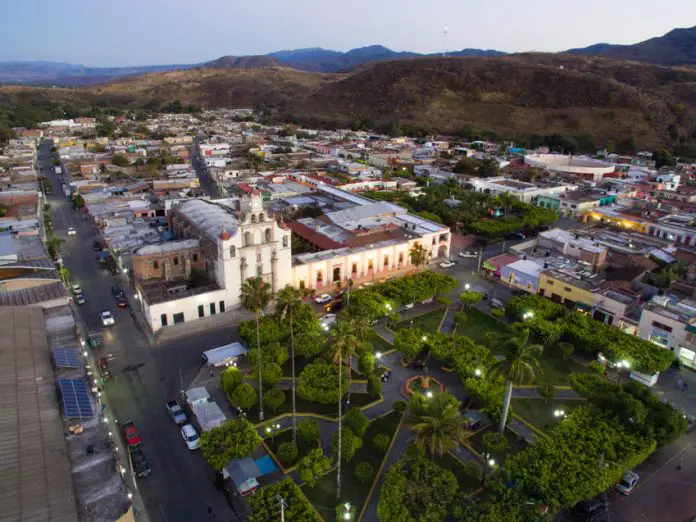Nayarit has cemented its spot as one of the top beach destinations in Mexico, and for good reason. It has spectacular beaches, funky seaside towns, and lots of great ocean resorts. But this Pacific Coast state is much more than just a beach destination — Nayarit is one of Mexico’s most culturally rich states, with one of the country’s highest concentrations of Pueblos Mágicos (Magical Towns).
Mexico’s Magical Towns are small cities or villages that have been given government distinction for their natural beauty, local legends, gastronomy, architecture and history. These more than 100 towns are scattered throughout the country and help international and domestic visitors connect with Mexican culture.
Nayarit is home to nine different Magical Towns, more than any other state in Mexico. These villages range from seaside surf towns to historic villages tucked deep within the misty mountains of the Sierra Madre. We’ve come up with a guide to the nine Magical Towns of Nayarit and what to see at each. Did someone say road trip?
Ahuacatlán
Ahuacatlán, one of Nayarit’s newest Magical Towns, is where time seems to slow down. Tucked at the foothills of the Sierra Madre mountains, this village is steeped in history, from its cobblestone streets to the 16th-century Church of San Francisco. In addition to its religious roots, Ahuacatlán is known for its avocado production, so if you’re craving some seriously good guacamole, this may be the place to start.
Right in front of the church you’ll find the Jardín de los Hijos Ausentes, which is surrounded by food stalls where you can taste the regional dishes from this part of Nayarit. Try the typical dishes, like tostadas de pata or tortas at the beloved food stall, Lonches Chago.
Amatlán de Cañas
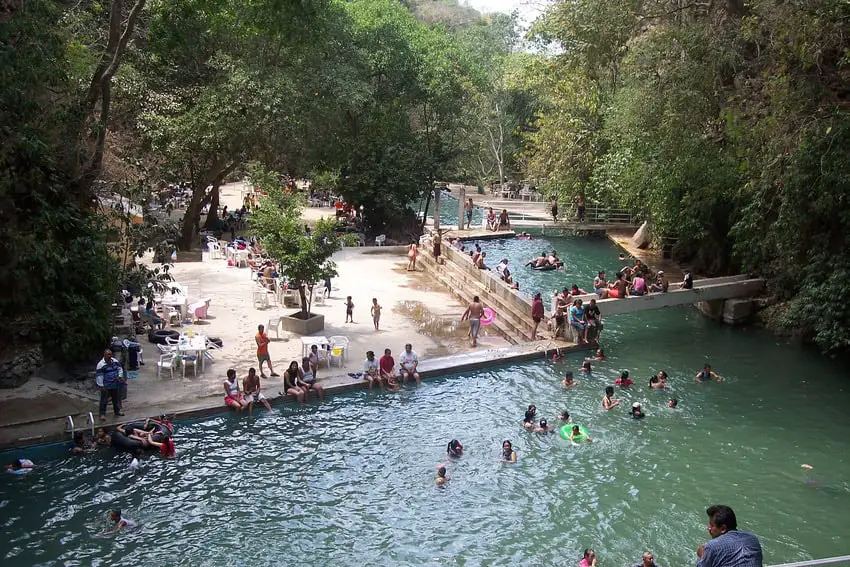
At the southeastern border of Nayarit, where the mountains touch neighboring Jalisco, lies Amatlán de Cañas. Another newcomer to the Magical Town list, Amatlán de Cañas is a veritable playground for outdoor enthusiasts. Surrounded by mountains and sliced by rivers, this town is known for hiking, bird watching and river rafting.
You’ll also find bubbly thermal springs here, which have been sought after for centuries thanks to their therapeutic properties. The most famous is El Manto, a natural spring with high, stony walls. Admittedly El Manto used to be much more tranquil than it is today, as tourists come by the busload for the experience to splash in the crystal-clear water. But it’s still an impressive sight to see.
Ixtlán del Río
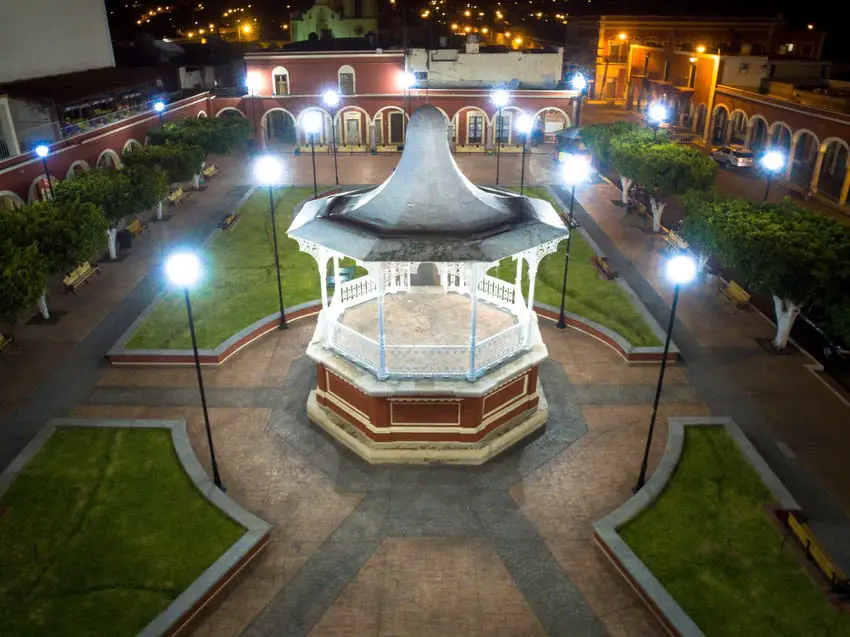
Ixtlán del Río, also newly designated as a Pueblo Mágico, is a town that history lovers can visit for a glimpse into the region’s Indigenous past. The town is home to the archaeological site of Los Toriles, a pre-Columbian settlement founded by the Cora people. The archaeological site is home to one of only a few circular temples in Mesoamerica. It also features the remnants of residences, altars, sidewalks and staircases. The Cora are believed to be the first-known civilization in this part of Mexico, which extends throughout Nayarit, Jalisco, Durango and Sinaloa. The other name for the Cora is Náayari, which is how the state of Nayarit got its name.
Juxtaposed against the Indigenous history is the stark reminder of the Spanish Catholic influence. The gleaming white statue of Christ atop the Cerrito del Cristo Rey is another of the city’s attractions. You can reach the monument after a thigh-burning climb up more than 500 steps.
San Blas
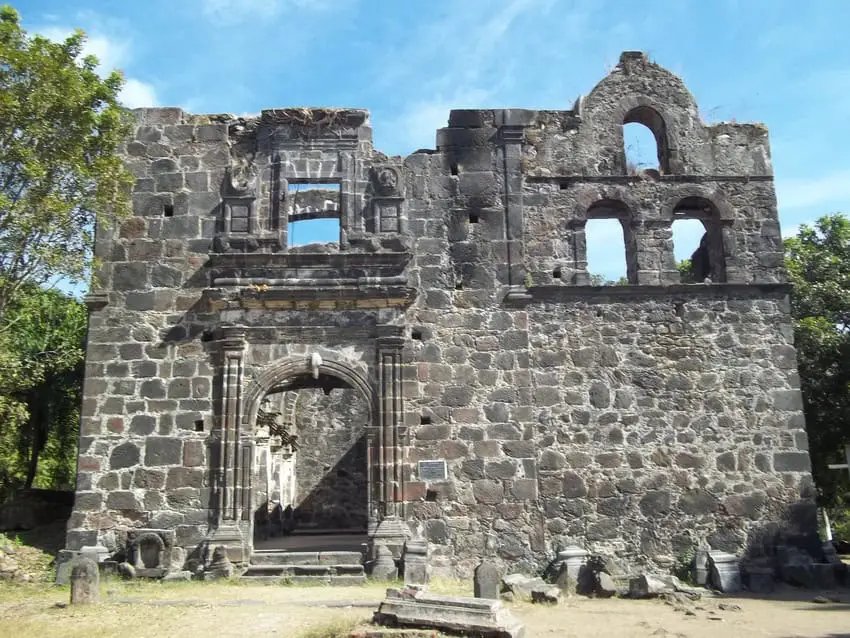
San Blas is another new addition to the list, but one that beach connoisseurs know and love. The coastal town at the northern tip of Riviera Nayarit is known for its colonial past as a Spanish port. The town’s iconic fort, La Contaduría, has gorgeous views of the Pacific. The San Blas of today is a hotspot for birding and for travelers who like to take it slow. With the nearby La Tovara National Park, travelers can take boat tours through the mangrove swamps to view the wildlife. The expansive, undeveloped beaches and thick jungle foliage make it one of the most photogenic beach towns in Nayarit, as well.
Puerto Balleto
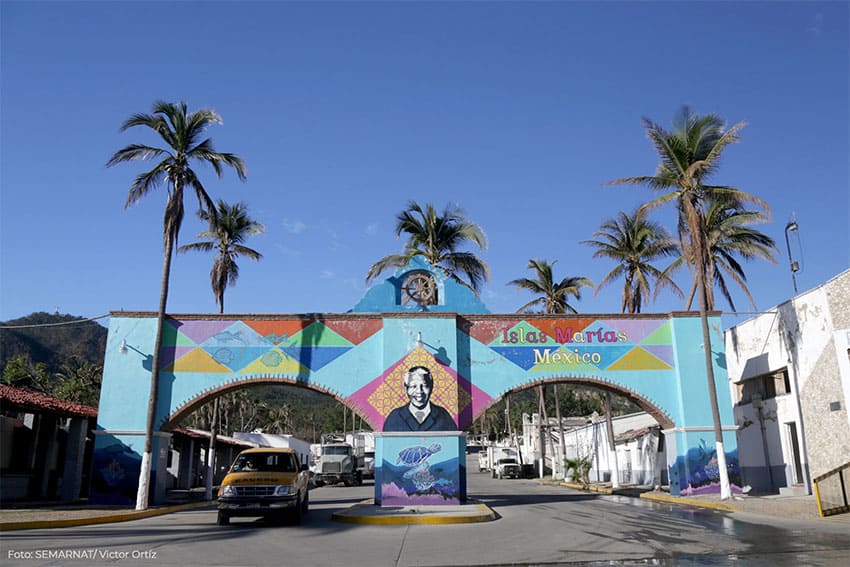
San Blas may be a Magical Town on its own but it is also the jumping-off point from which to explore another new Magical Town: Puerto Balleto. Puerto Balleto is the gateway to Nayarit’s Islas Marias, a former prison colony turned center for tourism and wildlife viewing. The prison opened in the early 20th century and remained in use until 2019 when it was closed and the land was turned over to be rehabilitated into a place for recreation. The island group includes María Madre, María Magdalena, María Cleofas and San Juanito. Together they form a UNESCO Biosphere Reserve which protects the more than 1,500 species of flora and fauna.
Sayulita

Sayulita, one of Nayarit’s veteran Magical Towns, needs almost no introduction. Today, the once-sleepy surf village is one of the most popular places to visit in Mexico. Travelers from around the world come for the surfing, yoga and thriving restaurant and bar scene. Dozens of boutique hotels and vacation rentals pepper the village, surrounding jungle and beachfront. A shopper’s paradise, Sayulita has scores of artisan shops and galleries and you’re never more than a few steps from a great taco or a strong cocktail.
Compostela

Centuries of history come alive in this veteran Magical Town. Compostela’s grand plazas, historic churches and beautifully preserved architecture tell the more than 400-year history of the region. The Church of Santo Santiago is a must for understanding the Spanish influence on the city. It’s also the best town to visit in Nayarit for a cup of locally grown coffee. Compostela is famous for its surrounding coffee plantations, where visitors can learn about the entire coffee production process.
Jala

Tucked at the foot of the Ceboruco volcano, Jala is a historic Magical Town famous for its cobblestone streets and Spanish-influenced architecture. It’s also famous for its giant corn, which can grow to impressive sizes and is celebrated at the annual Corn Fair, held every August. Visit the town’s main square for a look at the 19th-century Basilica of the Immaculate Conception. The landscape surrounding Jala is dominated by lush jungle and the iconic conical shape of the volcano looming in the distance. Jala can be combined with Ahuacatlán, Ixtlán del Río and Amatlán de Cañas, as they are all in the southern portion of Nayarit and not too far from each other.
Mexcaltitán
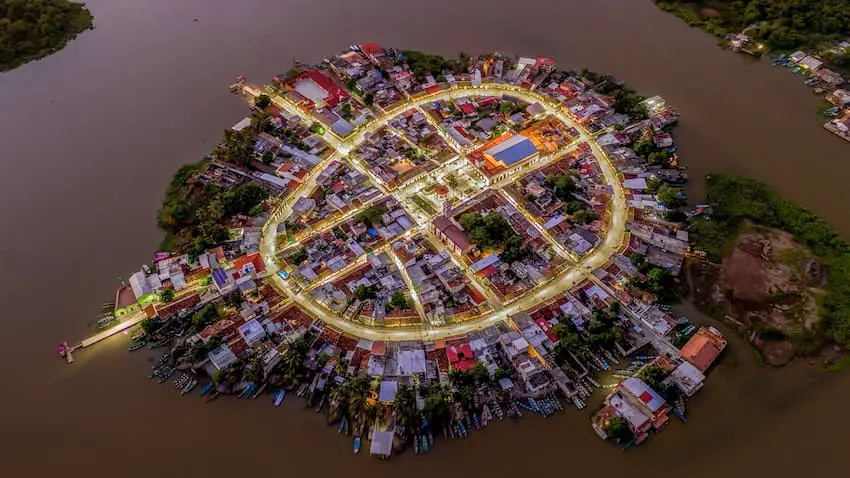
Mexcaltitán, often referred to as the “Venice of Mexico,” is a small island town with a big historical significance. Believed to be the legendary Aztlán, the ancestral home of the Mexica people, Mexcaltitán, located in the center of Lake Texcoco, is a place where history and myth intertwine. Legend has it that the island was the last place the Mexica lived before they left in the 12th century to make their route towards the Valley of Mexico to form their more famous capital city of Tenochtitlán — the place that later became Mexico City.
Today the town is a pure slice of life experience in Mexico, where not much has changed over the decades. Explore the town’s circular layout, traditional stilt houses and network of canals. The town has a small museum and plenty of local restaurants serving fresh, local seafood. While there aren’t many places to stay on the island, it’s just a 15-minute boat ride from the mainland. San Blas is the closest tourist town and is about 118 kilometers away.
Meagan Drillinger is a New York native who has spent the past 15 years traveling around and writing about Mexico. While she’s on the road for assignments most of the time, Puerto Vallarta is her home base. Follow her travels on Instagram at @drillinjourneys or through her blog at drillinjourneys.com.
